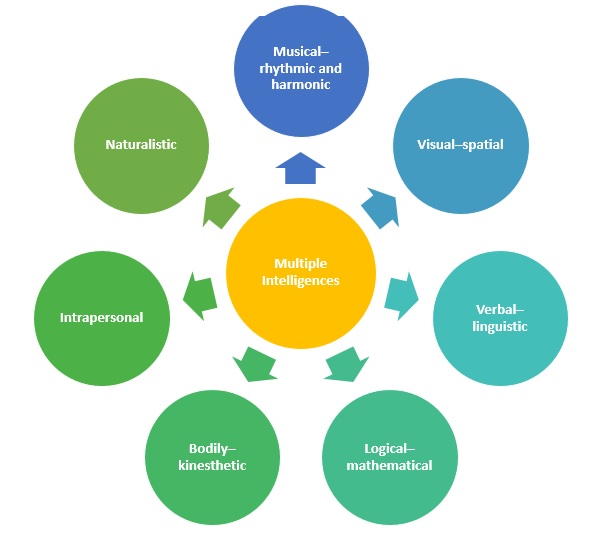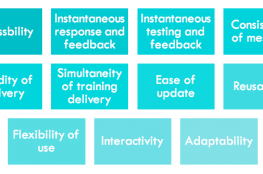Gardner’s theory of multiple intelligences suggests intelligence is not solely defined by IQ.
Instead, human beings learn and excel in areas for which they have an aptitude. The seven intelligences
described are visual-spatial, bodily-kinesthetic, musical, interpersonal, intrapersonal, linguistic and
logical-mathematical. In relation to problem solving, it is thought that assembling a team to include a
combination of these intelligences can positively impact the team perspective and results.
To demonstrate the pairing of different intelligences, consider the process of presenting data.
You’ve done the research, come up with the numbers, and run a dozen what-if scenarios in Excel.
You’re very proud of this complex document you’ve created and you can’t wait to share it. But how? To
you, it makes perfect sense but what about Dennis, who happily admits numbers are not his thing? Or
Karen, who tends to drift off when presentations read more like academic papers? The truth is, just
because they learn and interpret data differently doesn’t mean there’s anything personally wrong with
your approach. It does mean that you should seek input, maybe even theirs, to decide how to present
this material to better reach your audience. The addition of charts, videos, or a mnemonic device done
to the beat of The Bee Gees “Staying Alive” can have a greater impact than just text.
Beyond the technical aspects in the above example, consulting with someone better versed in
interpersonal relations and/or bodily-kinesthetic intelligence can assist you in keeping people like
Karen mentally engaged. Reading body language and understanding the motivations of your audience
is a great tool to ensure that information is getting through to everyone.



